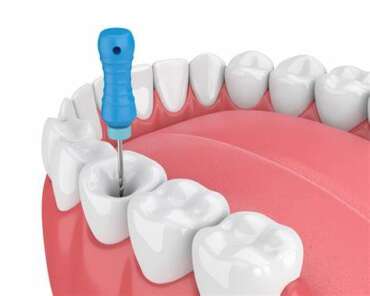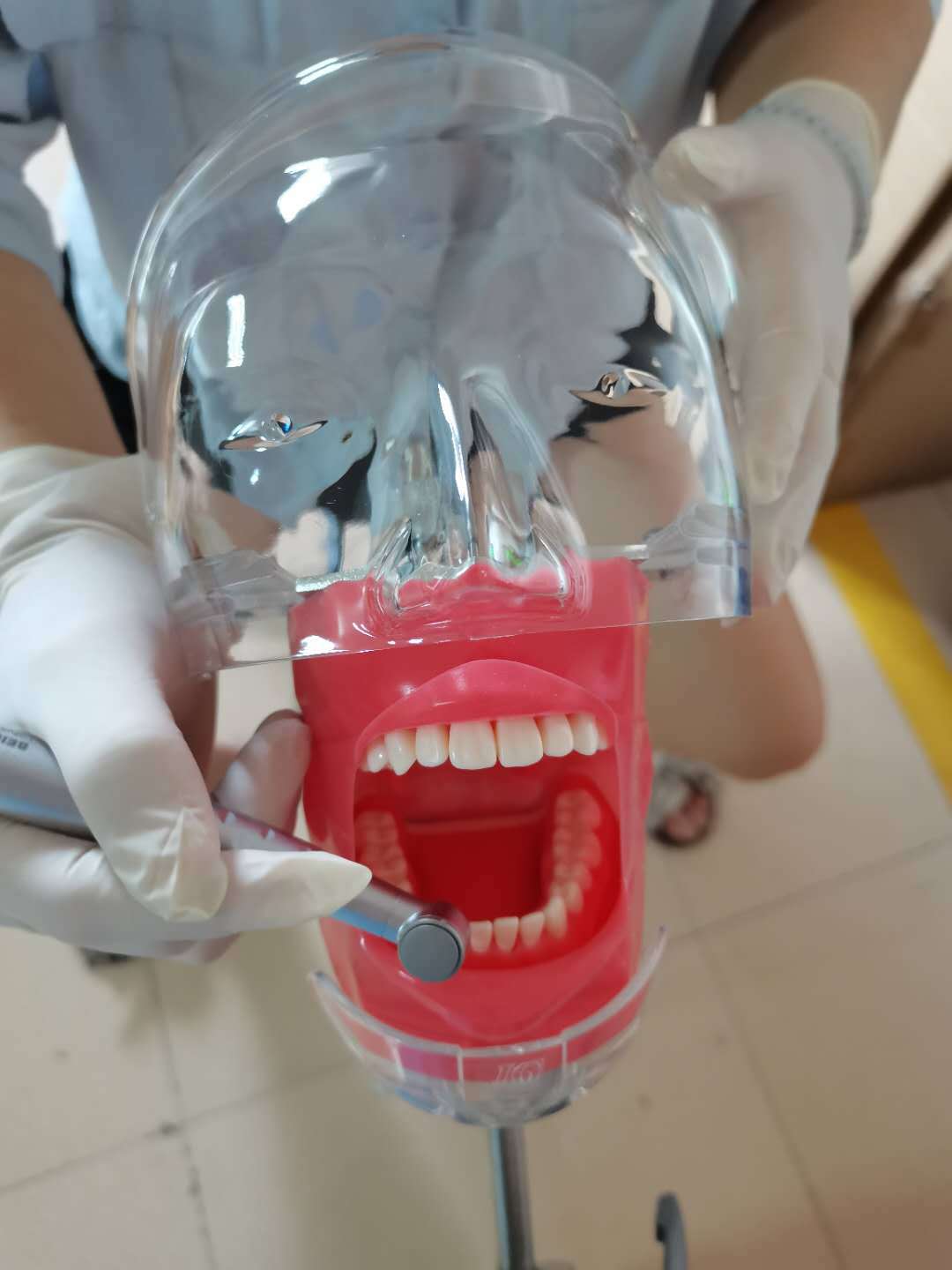How do I know that a root canal treatment is necessary?
Possible signs of inflammation are:
- Sensitivity to hot and cold
- Spontaneous pain (especially at night)
- Discomfort when biting
- Sensitivity from knocking to throbbing pain
- Swelling of the surrounding soft tissue
- Sometimes headache or jaw pain can also be an indication of the need for a root canal treatment. In many cases, however, there are no symptoms at all and the inflammation in the bone (apical ostitis) originating from the tooth only shows up on the X-ray.
- When is a repeat treatment (revision) necessary?
A revision treatment is necessary if bacteria have remained in the canal system during a root canal treatment or have subsequently settled. In such cases, the root filling is completely removed and the entire canal system, including previously overlooked canals, is thoroughly cleaned. Then, as with the initial treatment, filling and sealing take place.
- I have no complaints, why do I need a root canal treatment?
A chronic infection often runs smoothly and the consequences only become apparent on the X-ray. The bone around the tooth root dissolves and develops into an acute inflammation with pain, swelling, and pus formation.
- Can every tooth be saved by a root canal treatment?
No, not every tooth can be saved with a root canal treatment. If the tooth is severely damaged or if the root is fractured, it can no longer be restored.
- How good is the prognosis for my root canal treated tooth?
The chances of success of a root canal treatment are very high if the tooth is only inflamed, but the tooth supporting structure and bones are healthy. If the inflammation has already spread and has led to bone dissolution (otitis apicalis) or if the tooth is not adequately restored after successful treatment (partial crown, crown), the chances of success decrease significantly.
- How can I ensure the health and preservation of my tooth after the treatment?
To ensure long-term success, the tooth must be restored with a suitable, fixed restoration (overlay, partial crown, crown). In this way, the weakened tooth regains its full chewing force and is protected from a fracture. To ensure the life of the tooth, patients should maintain good oral hygiene, flossing, regular visits to the dentist, and professional tooth cleaning.
- Do I need a check-up?
In order to document the healing process, x-rays of the root-treated tooth are made every 3, 6 and 12 months and then annually up to four years after the treatment.
- I am an anxiety patient?
For anxious patients there is the option of having a root canal treatment under sedation or general anesthesia.
All statements without guarantee.
Usefeul resource for dentist
- Dentist instrument
Dental Endo Files
https://www.dentallaboratorio.com/product-category/dentist-dental-supplies/dental-endo-files/
Dental disposable supply




